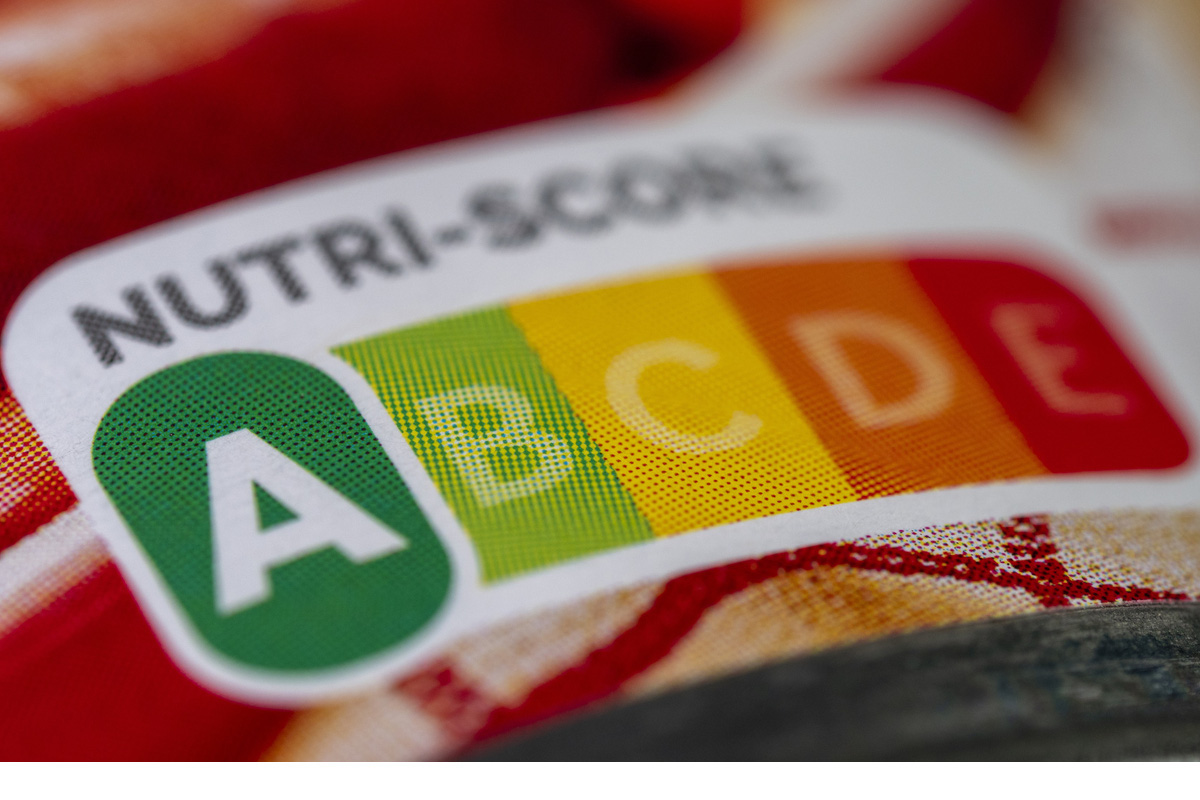
The Nutriscore labeling scheme is facing mounting challenges as several brands withdraw from participation, while retailers continue to embrace the initiative. This tension highlights a critical debate within the European food and beverage sector regarding the efficacy and fairness of front-of-pack nutrition labels, according to Foodbev Media.
A recent report from RaboResearch underscores the controversy surrounding the Nutriscore, which has been criticized for oversimplifying the nutritional quality of products.
CASE STUDY: DANONE
The report highlights Danone – once a strong proponent of the scheme – which recently announced plans to gradually remove the Nutriscore label from its dairy and plant-based drinks. This decision follows an update to the Nutriscore algorithm that reclassified these products into the beverage category, resulting in lower average scores.
The implications of Danone’s withdrawal are significant. According to the principles of Nutriscore, brands are not permitted to selectively display scores that favor their products. This move may set a precedent for other companies considering similar actions, potentially undermining the credibility of the labeling system as a whole.
DIVIDED OPINIONS ON NUTRISCORE
Resistance to Nutriscore is also evident among certain EU member states, particularly Italy and Portugal, where concerns about national identity and traditional foods have led to pushback against the scheme. Italian officials argue that Nutriscore unfairly penalizes popular products such as cheese, olive oil, and cured meats, which often contain higher levels of fats and salt.
In a striking move, Italy has proposed a constitutional amendment that would complicate the implementation of Nutriscore within its borders. Similarly, Portugal recently reversed its decision to adopt the label, citing insufficient consultation with national food authorities and concerns over the potential misrepresentation of traditional Portuguese foods.
Amidst this backdrop of resistance, retailers across Europe are moving forward with the Nutriscore initiative. Major supermarket chains, including Carrefour, Auchan, Delhaize, Aldi, and Lidl, are expanding their adoption of the scheme, viewing it as a commitment to promoting healthier food options. Lidl Spain, for example, has pledged to implement Nutriscore labeling on all its private-label products by 2026, significantly increasing its current coverage of 50%.
However, not all retailers are on board. Switzerland’s Migros announced in May that it would not adopt the Nutriscore system, citing low benefits and high costs associated with its implementation. This divergence among retailers reflects a broader uncertainty within the industry about the long-term viability and effectiveness of the labeling system.
ALGORITHM OVERHAUL
Tracking the impact of the recent algorithm update reveals notable changes in the distribution of Nutriscore ratings across various food categories. Private labels, which have a higher adoption rate of the scheme, serve as a useful benchmark according to Foodbev Media.
The average scores for many products have dropped significantly since the algorithm’s revision in January 2024, often without any changes to the actual formulations. The two-year transition period for the new algorithm may result in further declines in average scores as products adjust to the updated criteria.
In the bakery, meat, fish, and plant-based food categories similar trends are observed, suggesting that Nutriscore’s influence is reshaping the landscape of food labeling across Europe. As brands grapple with the implications of these changes, the future of Nutriscore remains uncertain, caught between the demands of consumer transparency and the complexities of nutritional science.
